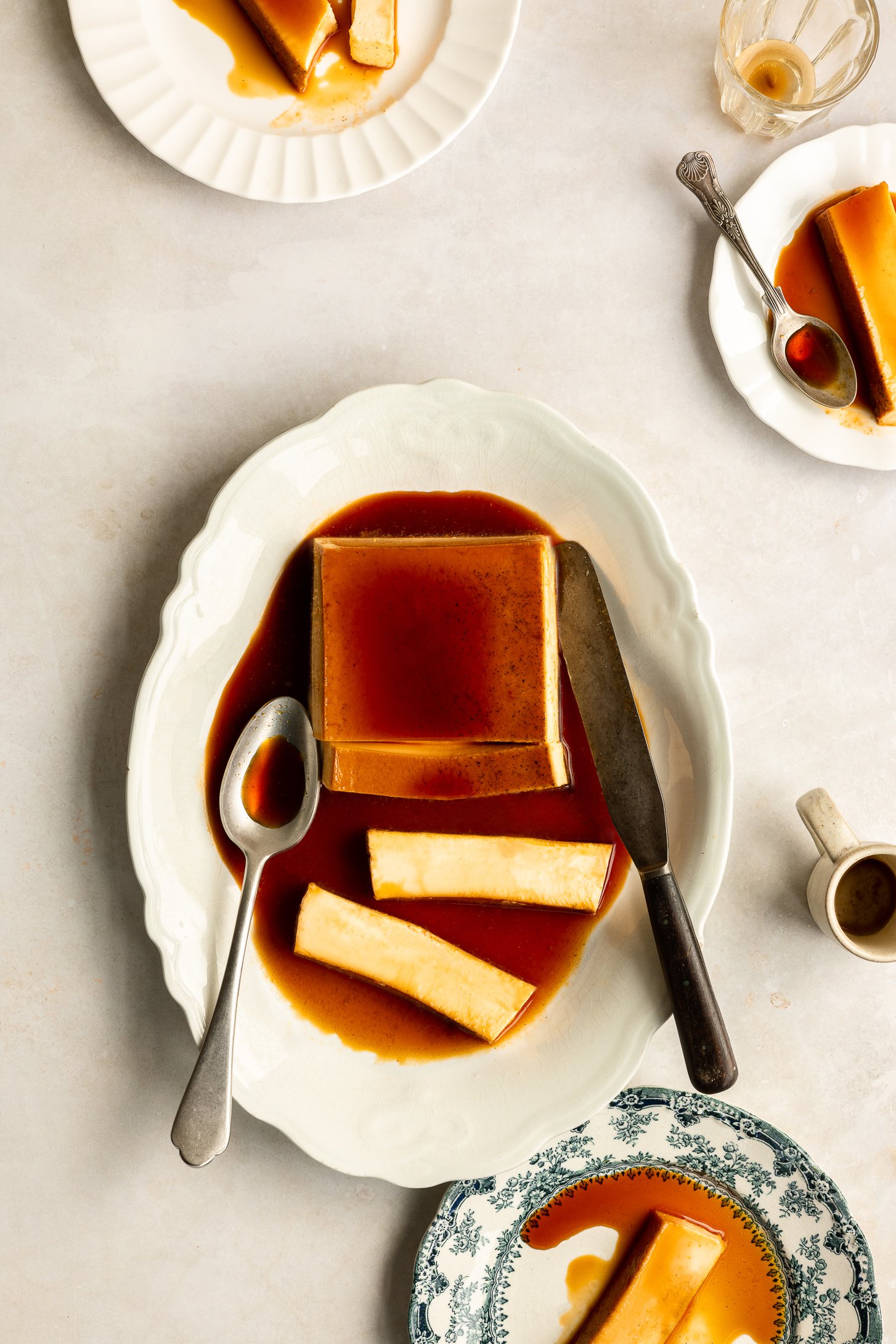Why you shouldn’t be afraid of using shadows in food photography
Shadows are an important part of any food photography composition and play a vital role in the overall style and story of an image. Yet one of the most common things I hear in the briefing calls with my full day and all inclusive package clients is that they don’t want any shadows.
In this blog post I’ve shared 3 different ways shadows can impact the final image and shared a handful of my own work to demonstrate how they can be used to create beautiful food photography compositions.
Establishing trust between client and photographer
Before we dive into the use of shadows, I wanted to discuss this quickly.
One of the most important things I do as a photographer is take the images you have in your head and bring them to life. This can be a funny process, as the way one person describes something may not be how another person sees it. It’s my job to ask the right questions and to slowly piece together a brief that captures the essence of the images you’re hoping to create.
So the first thing to do when a client says they don’t want any shadows is to understand what that means to them.
They might mean that they don’t like the look of hard light.
They might mean that they don’t want any gobos (or ‘go betweens’: a type of light modifier) creating a dappled or patterned effect with the shadows.
They might be assuming that in order to create a light, bright and vibrant style, you need to have no shadows at all (keep reading to discover why this isn’t the case!)
Regardless of the individual style of each client, the first step is always to understand what they want the final images to look like. Typically we’ll do this together on a call so we can bounce ideas around and ensure we have a solid brief to work off during the shoot. You can learn more about how to write the perfect brief here.
Once I’ve understood what they’re looking for, I can move on to address any concerns around the use of shadows and help them understand the role that shadows play in food photography. The combination of both light and dark and the way these interact with each other is ultimately what creates different styles in food photography, so building this reassurance that I’ve grasped the vision they have for the shoot and can make the right choices when bringing that vision to life is probably the most important part of the whole commission.
So, with that addressed, let’s look at how shadows can impact an image.
Shadows create sharper images
You need directional light to create a clean, crisp image in food photography. It might sound counterintuitive, but having loads of light flooding into the scene from multiple light sources will actually hinder your image and make them appear flat and a little lifeless. The more directional you can be with light, the cleaner the edges will be and the crisper the final image becomes.
Often clients are afraid of shadows because they think shadow automatically means dark and moody. This is not the case. It’s not the absence of shadows that creates a bright, vibrant and colourful image; instead it’s the type of shadow and the direction in which it’s cast that will impact the way the final image looks.
Shadows add depth and texture
Never will a food photographer aim for ‘no shadows at all’, because all this will achieve is a lack of contrast, depth and texture within the food. Texture is what makes food so beautiful to photograph, as the natural curves, edges and shapes of the food interact with the light in different ways. Smooth or glossy foods will catch and reflect the light to create what’s called ‘specular highlights’, while softer or uneven textures will absorb the light to create areas of shadow.
Removing all shadows is essentially the same as removing all depth and texture in the food you’re trying to bring to life. Instead, what a food photographer is actually looking to do is to emphasise the light and dark areas of an image to create the all important contrast that will make the food look good enough to eat!
Shadows create stories
Intentional use of shadows can be a great way to create a sense of mood and atmosphere in food photography, with different styles evoking different feelings. Hard-edged and dramatic shadows can create a moody and more indulgent style, while softer, more diffused shadows will have a lighter, more calming feel. The use of different light modifiers can also help to create a specific story, like the morning light streaming through the shutters in the marmalade toast example below.
There are so many ways a photographer can use and manipulate light to create the style you’re looking for in your brief, so working with them to understand how the use of shadow will help you achieve the look and feel you’re after is vital.
Looking for a food photographer?
Hit the button below to find out more about my photoshoot packages and how I can help you make more sales in your business.
Like this post? Pin it to Pinterest and save for later.














